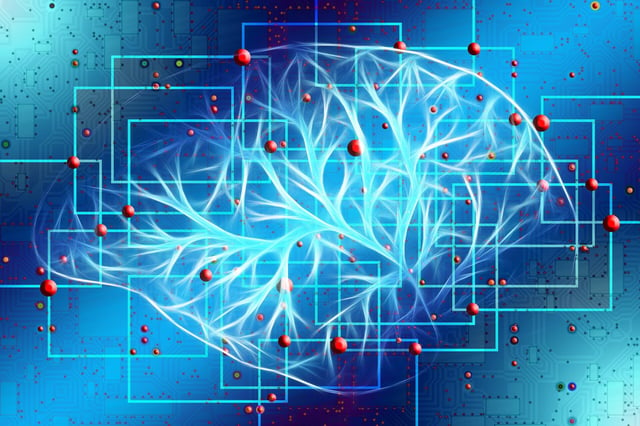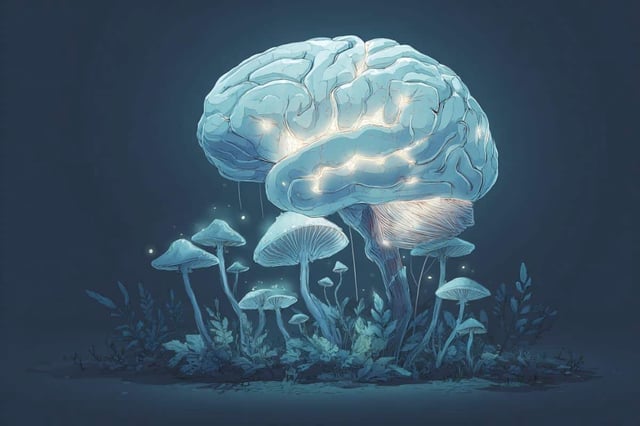Overview
- Penn Medicine reports in Nature Neuroscience that a one-time dose reduced mechanical allodynia and anxiety- and depression-like behaviors for nearly two weeks in mouse models of nerve injury and inflammatory pain.
- Targeted delivery of psilocin to the anterior cingulate cortex reproduced the whole-body dosing benefits, whereas spinal cord injections did not.
- Two-photon calcium imaging showed rapid normalization of hyperactive layer 2/3 pyramidal neurons in the anterior cingulate cortex.
- Pharmacologic evidence implicates partial agonism at 5-HT2A and 5-HT1A serotonin receptors, with receptor interference disrupting the analgesic and mood effects.
- The NIH- and ASRA-funded study remains preclinical as investigators probe optimal dosing, long-term durability, safety, and potential human applicability including perioperative settings.


